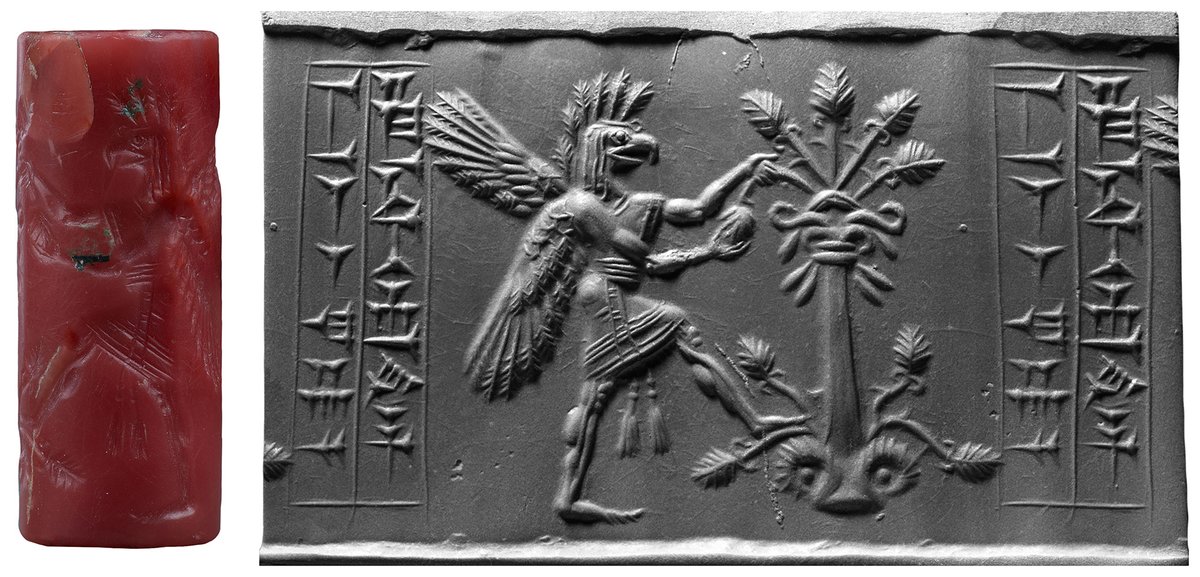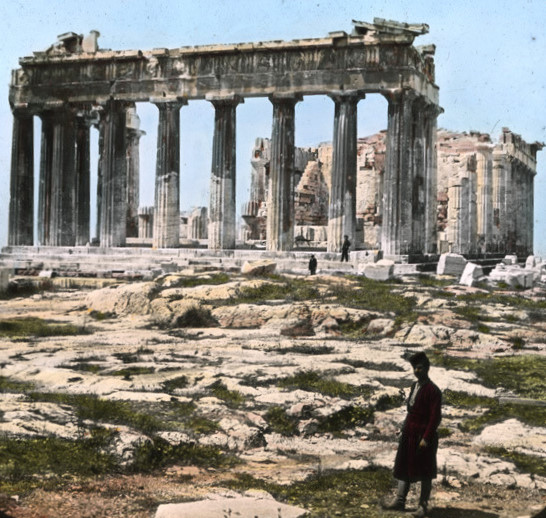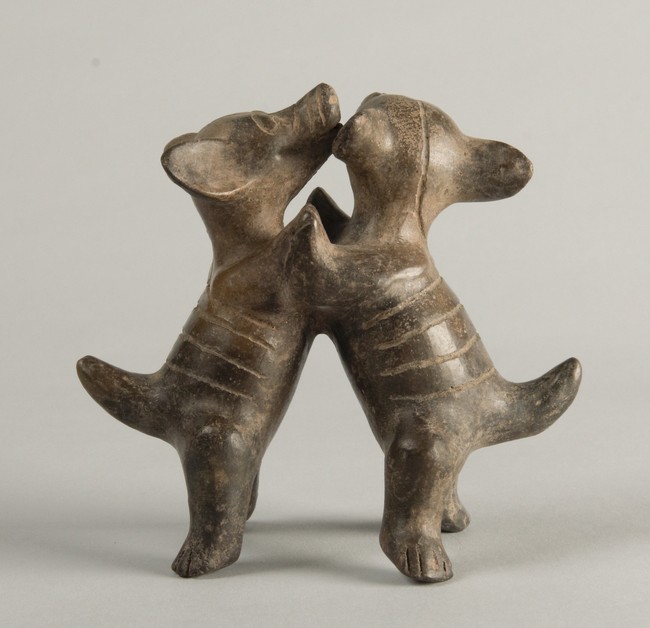2251
2254
2255
2256
2257
2258
2260
2261
2262
2263
2264
2265
2266
2267
2268
2269
Dome of HagiaSophia.It was believed that originally there was a huge cross and later a mosaic of Christ Pantocrator which is thought to have collapsed in a earthquake. During the Fossati Restoration, a verse from Quran was inscripted in the center of dome.
2270
2271
2272



























